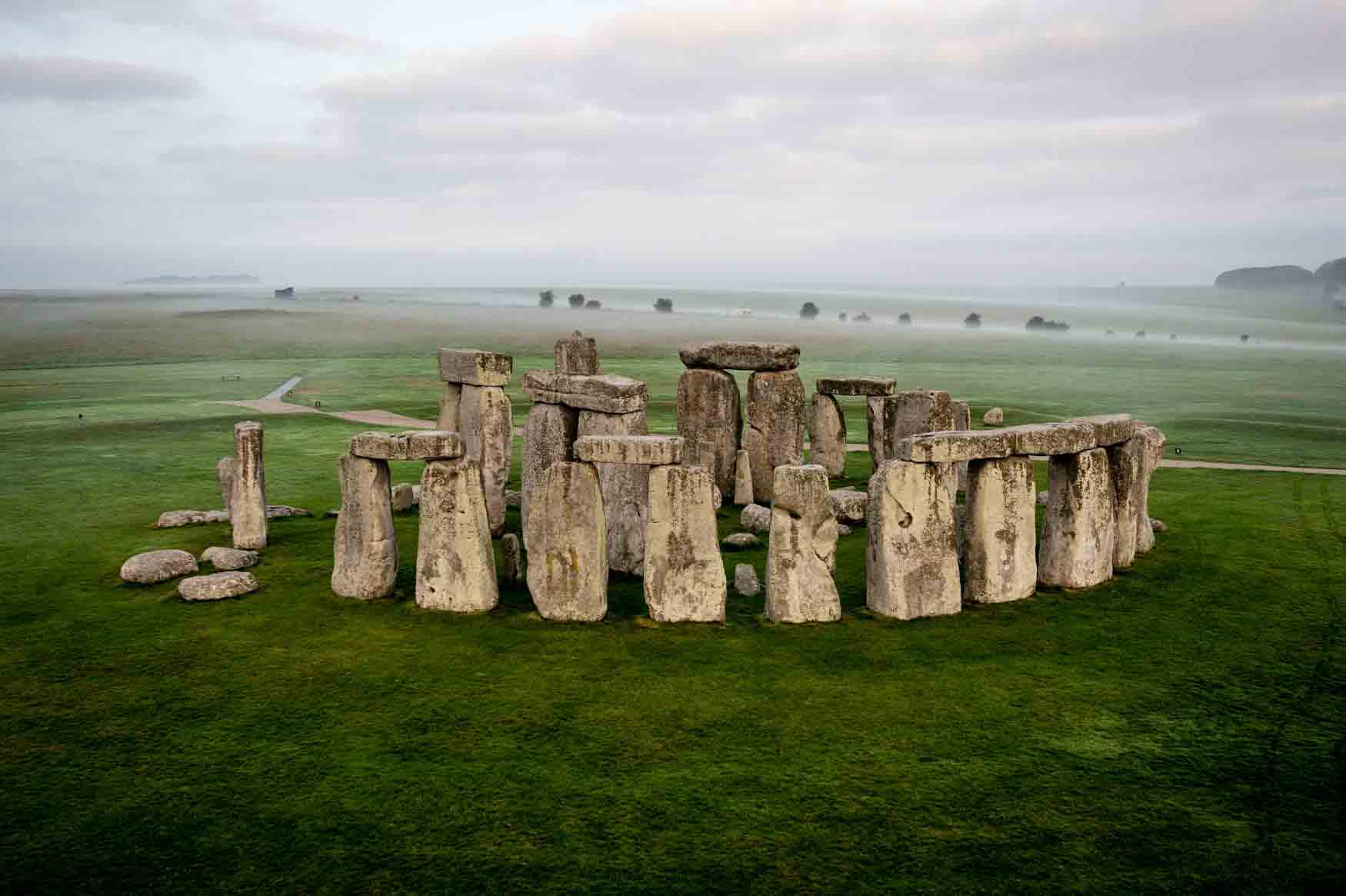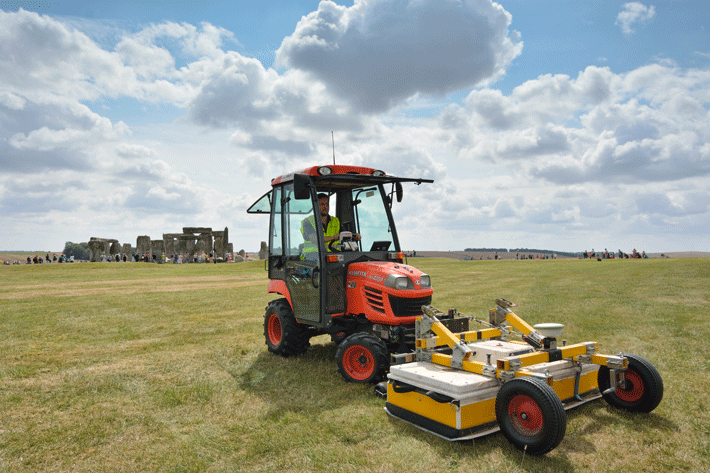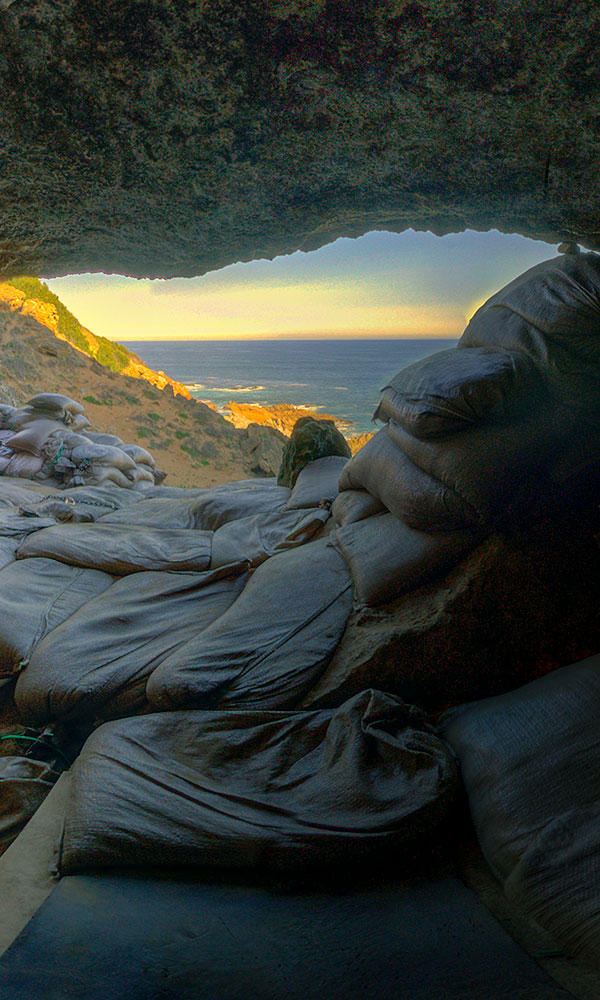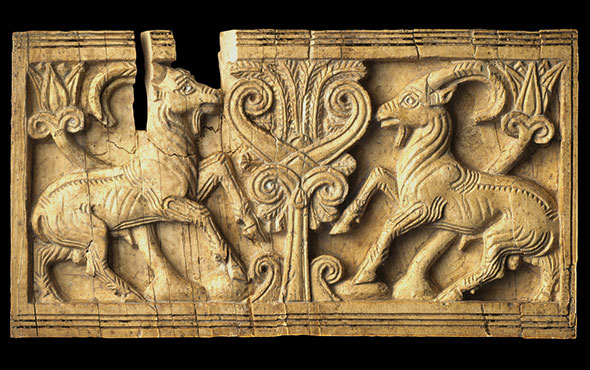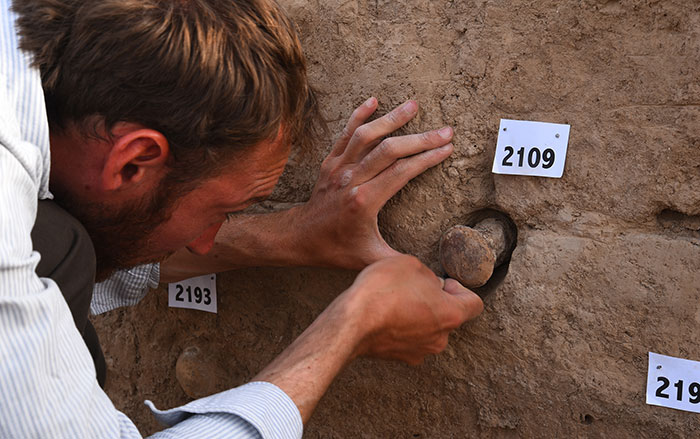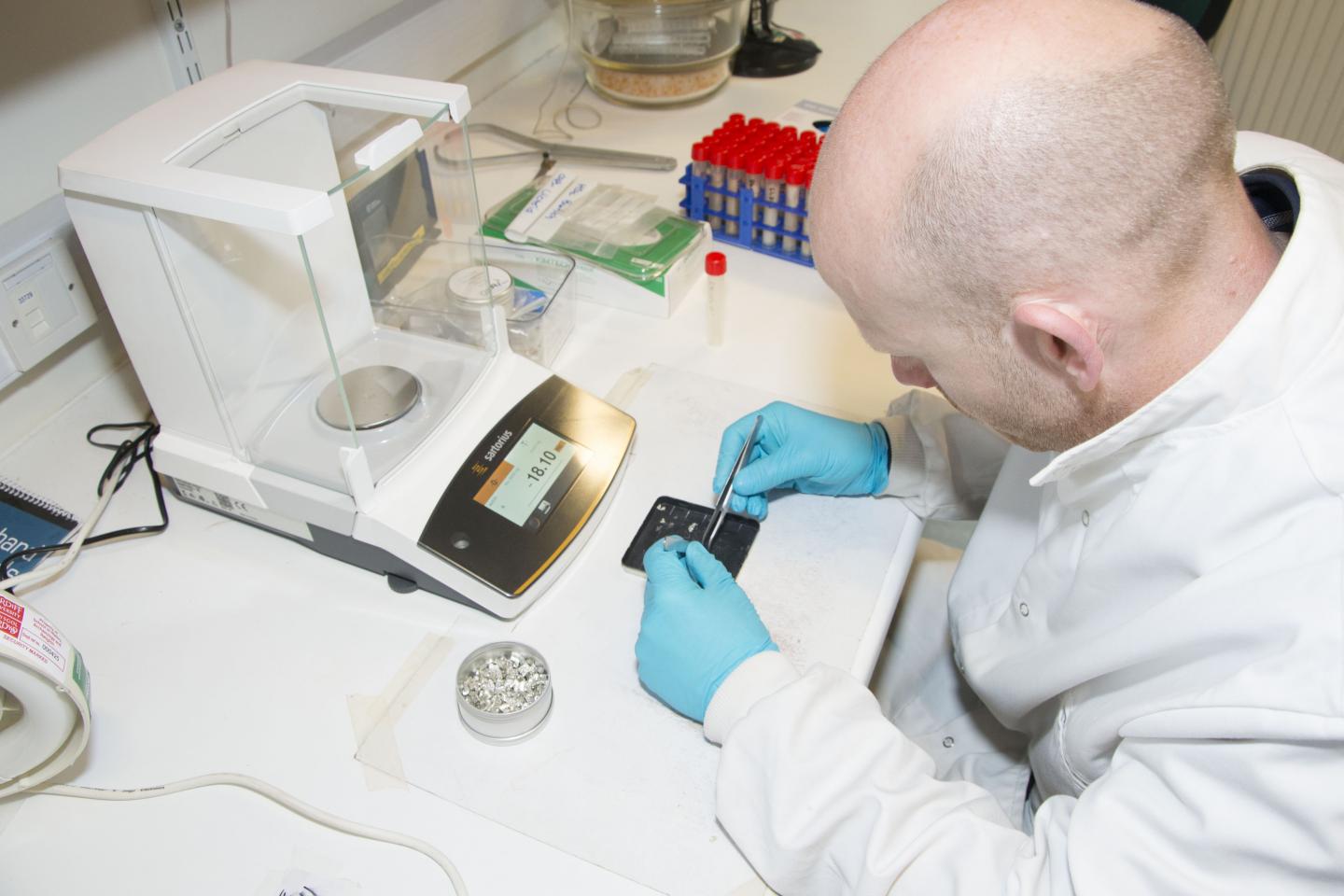
WILTSHIRE, ENGLAND—Analysis of samples taken from the remains of 131 Neolithic pigs unearthed at Durrington Walls, a henge site located about two miles away from Stonehenge, suggests many of them were brought to Wiltshire some 2,800 years ago from places scattered all over Britain, according to a Live Science report. “This is the pig age,” said Richard Madgwick of Cardiff University. “This is the only age where pigs are the number one domestic species.” Madgwick explained that because pigs develop rapidly, it is easier to tell where they grew up by analyzing chemical isotopes in their teeth than it is with human remains. He also argues that the pigs were probably transported live and slaughtered near the henge, since many pig skulls have been recovered at the site. Pig skulls are heavy and carry little meat, Madgwick explained, making it unlikely that Neolithic travelers would have carried them on long journeys. The meat would have likely spoiled on the long trip, even if smoked, he added. For more on what researchers have learned from isotope analysis of animal remains, go to “Mild Boars.”



